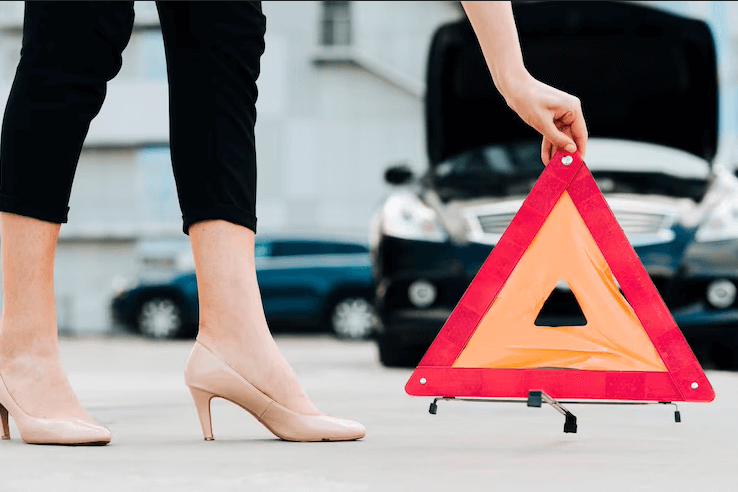Normally, people do not plan to have an accident. However, most drivers are eventually involved in an accident or two. When this happens, you need collision car insurance to get your vehicle repaired or replaced. If you are not the “at-fault” driver, your insurance may not have to pay anything. Unfortunately, many people do not purchase the mandatory liability insurance. This means that if you are hit by one of these drivers, your company will have to pay.
Collision insurance is required by lenders when you make a car loan.
Banks and other lending companies cannot prevent you from having an accident. To offset this risk, the lender will always force you to buy and maintain collision insurance on your car. It is a condition that must be met before the loan money is disbursed for payment for the car.
Most lenders have a connection with a collision insurance provider.
The cost of this specific insurance is often extremely high compared to a policy that is purchased by the buyer from a local agent. It also covers only the value of the car if it is wrecked. The purpose of this policy is to ensure that you will repay the loan, so that the bank does not lose money.
Banks monitor whether you keep your collision policy in force.
When a bank receives notice that the borrower has allowed a collision policy to lapse, a letter will be immediately sent offering collision coverage to the car owner. If the owner does not respond within a prescribed time, the bank will automatically purchase the policy and send you the bill. If you do not comply, the car is usually repossessed.
Generally, you never want to purchase only collision insurance.
Because states mandate liability insurance, the best option for drivers is to purchase full coverage policies to take care of all possible financial risks associated with driving a car. Some owners choose to drop all but the collision coverage when the car has to be parked for an extended period of time. Because the lender requires this policy, even if the car is not being driven, you must keep collision insurance.
You still have a minor potential for liability when the car is out of service.
A car can roll down hill into something or someone, and the owner is responsible. When the car is down for extended repairs or is being restored, most owners do not see this as a real risk. Since the car is not being driven and may not even be licensed, a collision policy is usually adequate to cover the lender and the owner.
When choosing a collision-only policy, it is a good idea to keep the vehicle in a locked garage.
By putting the car in a locked garage, it will keep it from suffering weather-related damage, such as that caused by fallen tree limbs or hail. It will also give a large measure of security against theft and vandalism, which are not covered by a collision-only policy. Even if theft is not an issue, you will want to discourage other drivers in the household from being tempted to take the car out for a quick ride or trip to the store.
Switching to collision-only insurance might be a good move if you have the financial means to be self-insured.
The government sometimes only requires that you can prove that you have the finances to be able to cover the liability claims from an accident. If you are very wealthy, you may be able to get by without buying liability insurance, because you have the means to cover the loss yourself. In this case, you might also want to opt out of buying collision insurance. However, most people believe that it is still prudent to spread your risk by keeping a car insurance policy in force.
